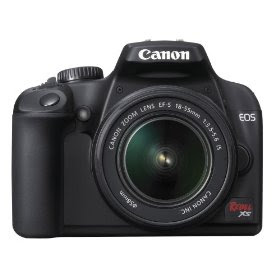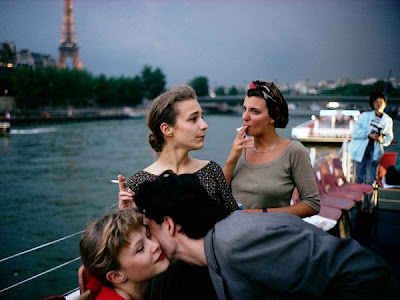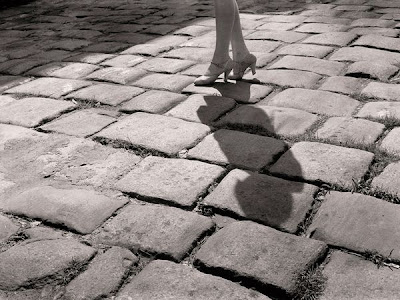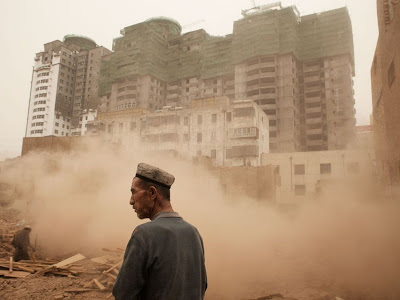
As the Murray write up was due last Thursday, at this point it is only worth 50 points. Yesterday was the last opportunity to turn in your own ekphrastic photo response for full credit. This was the last grade for this marking period.
MOVING ON...today we are looking at photo composition with the objective of you creating your own photo narrative.
Below is a copy of the handouts.
How to Photograph Anything
Buildings
To minimize the angular distortions of looking upwards, always look for a high viewpoint. Ascend stairs, stand on top of another building or the crest of a hill. If you can't get high, stand far back.
Use the widest angle you have (24-30mm). Bright blue skies are to offset the gray of the building. A polarizer cuts down on window reflections. Try to include people for scale and human interest.
Look for interesting details, often around the doorway, columns or windows. Zoom in and isolate the detail. Here the diffused light of an overcast day works best.
Interiors
Stand well back or shoot from outside through a window. The low-light dictate a long exposure, so load up with fast film. Bring a tripod if they're allowed or, if not, find a support (a wall, your friends shoulder, or lean against a doorway). Use a cable release, or the self-timer to avoid moving the camera.
Remember to switch off the flash if it is not allowed. If it is, you can bring up dark areas by firing a hand-held flash into them while the shutter is open. Natural lighting casts shadows for a tranquil atmosphere. Expose for the highlights.
Landscapes
Always have something in the foreground. This gives depth and scale - using a person also adds human interest. Look for a high vantage point such as a hotel balcony, roof-top restaurant, or wall. Late afternoon is usually best. Use a polarizer to enhance the sky. Haze increases with distance and this aerial perspective gives a subtle impression of distance and depth. Ansel Adams declared landscape photography to be the supreme test of the photographer.
Water
With sprayed water, use side- or backlighting for a translucent look. This also works well with smoke, grass and leaves.
Experiment with a slow shutter speed, perhaps 1/30 to 1/4s so that the rushing water creates a soft, romantic blur. I like 1/8s. A tripod or other support is necessary. Be careful with a polarizer - it can enhance the colors but it also removes reflections that you may want.
Sunsets
The best times are when the sun is just about to touch the horizon, and the afterglow 10-30 minutes after the sun has set. Usually automatic metering works fine, but with high contrast, meter off the brightest part of the sky. Try adding a person in the foreground (they'll appear as a silhouette) for human interest, depth and character. Either include a reflection from the ocean, or eliminate the scenery and keep the horizon low in the frame. A zoom lens is useful and you'll need a tripod or wall for support as the shutter speed will be slow.
Dusk and Night Shots
Dusk shots are best about 15-30 minutes after sunset, when there is still some color in the sky. To add depth, shoot from one end of a bridge or find some other feature coming towards you. A tripod is a necessity. Auto exposure usually works fine but also try manual exposure using a cable release and the 'B' (bulb - open) setting. Take several shots with 2, 4, 8, 12 and 16 seconds. Use an FL-D magenta filter to overcome the effect of tungsten lights on daylight film, and to add a pink to the sky.
In Bad Weather
Bad weather doesn't mean bad photographs, it just changes your options.
Overcast skies reduce contrast and are preferred for trees and foliage. Colors may appear cool and bluish so add an 81A, B, or C filter to warm up the image. If the sky is boring, disguise it with an overhanging tree, or exclude it completely by raising the horizon in your frame. When low clouds or rain reduce color saturation, try black and white film to emphasize the range of gray tones. You may need a faster film (ISO 200 or 400) since there's less light.
Storms and heavy rain add drama and power to an image. Dusk shots are improved with reflections of neon lights in puddles. Clouds create moving patterns of interesting highlights, particularly when a storm is clearing. Fog makes lakes, rivers and valleys look ethereal and primordial.
Rain or snow makes people, kids especially, wear colorful clothing. Cover your camera with a coat, umbrella, or even put it in a plastic bag. In snow, give a slight overexposure (slower shutter speed or '+1') to keep the whites free from appearing dirty gray.
How to Photograph People
There are several factors to consider when photographing people:
Location
The first thing to do is find your location. Choose a spot with a simple, medium-toned background. Tree foliage, grass or the ocean works well. For darker skin, look for a similarly dark background to keep the highlight (and thus the camera's exposure) on the face.
Minimize patterns, shapes and colors. Keep that background simple, or include a famous landmark.
Lighting
Get the sun behind you and to one side. If it's bright, put people in the shade (harsh, direct sunlight washes out the face). If it's dark in the shade, use the fill-flash feature to brighten up the face.
The best time is the late afternoon as it gives a nice, warm, golden glow. At other times, with an SLR camera, you can simulate this glow with an 81B or C filter.
A popular technique is to put your subject in the shade, then use fill-flash to lighten up the face. Bring a small reflector or white card reflect sunlight into the harsh shadow areas.
Occasionally, having the sun shine from behind the subject (backlighting) looks good as it creates a halo through the hair, showing form and drawing the face out of the background.
If you're shooting indoors with an SLR, 'bounce' the flash off a wall or ceiling for more natural lighting. A separate hand-held flash is best and can be positioned far enough away from the lens to avoid red eye.
Lens
If you have an SLR, use a 135mm or similar lens for the most pleasing perspective. Use the widest aperture (lowest f-number) to blur the background and highlight the face for a movie-like look. If the background is important, use a small aperture (high f-number) to get everything in focus.
Positioning
Get close. Don't include their full body but zoom straight in to the face. For close ups, crop out the top of the head and overfill the frame. Being at eye level usually works best, so for children, kneel down.
Proportion
Generally try to keep the eyes, not necessarily the head, in the center of the frame. If the person is looking slightly to one side, add extra space to that side.
If your subject is to one side and there's a lot of contrast in the shot, you might need to control the exposure. To do this, zoom or close in on your subject (perhaps a person's face) then press the exposure lock button. Keep this button pressed down while you recompose and take your shot.
Relax Your Subject
Get your subject relaxed and happy. For friends or family, remind them of a silly event. With children, give them something to play with. For local people, ask them about the location, their job or skill, or complement their clothes. People hate waiting while you adjust your camera so always plan the shot and adjust your camera first, before asking people to pose.
Fun Shots
To add fun and action to a shot, hold the camera at an angle - 30 degrees with the right side up works well. It looks as though the photographer was caught off guard, emphasizing danger and action, and is great for parties! Stage a joke shot by pretending to interact with a statue. Or use a wide angle lens to distort the face.
Action
If your subject is moving (on a cable car or bicycle), deliberately blur the background to emphasize speed, excitement and urgency. Track the subject with your camera and, if you have an SLR, use a medium to slow shutter speed (1/60s). This will blur the background and, optionally, also your subject. Using the flash (particularly a 'rear-curtain sync' feature if your camera has one) helps freeze the subject in a moving background.



























